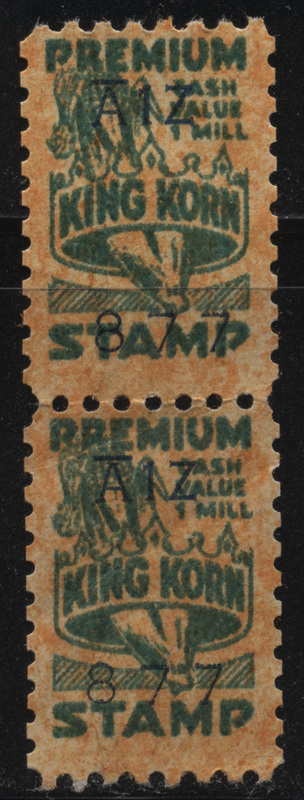One of my kids has a book I like to leaf thru when I visit; it includes various front pages of the Palestine Post (precursor to the Jerusalem Post). The cost of the paper beck in the British Mandate days was written in “mils.” Anyone have any idea what currency this was?
Probably the Palestine pound, and one mil was one-thousandth of a pound.
The Wikipedia entry on “mills/mils” says that it was used in British Mandate Palestine as 1/1000th of a Palestine pound.
It was also proposed, several times, for use in British currency, as 1/1000th of a pound sterling.
Similarly, it was used in the U.S. as 1/1000th of a dollar (or 1/10th of a penny). It was, at least in the past, used as much for accounting purposes as it was for currency.
Trading stamps in the US usually were marked “Cash value 1 mill.” I believe they were required to give a cash value, so they made it so low that it made no sense to convert them to cash when you could get things from the catalog that were far better deals.
Fun fact: The mill is still legally an official unit of the American currency, together with the dollar, the dime, and the cent:
31 U.S. Code § 5101 - Decimal system
United States money is expressed in dollars, dimes or tenths, cents or hundreths, and mills or thousandths. A dime is a tenth of a dollar, a cent is a hundredth of a dollar, and a mill is a thousandth of a dollar.
The term is still commonly used in the US.
Don’t the US units also officially include an “eagle”, at ten dollars?
I have not seen, but heard of, double eagles and eagles. Wikipedia has photos of golden eagles from around 1795 though the early 20th century. However, they are labelled “ten dollars”, so whatever an eagle was worth in gold seems to have been no more or less than 10 dollars, thus mandating some sort of fixed gold/silver exchange rate. There also seem to have been adjustments like debasing the gold content and shrinking the coins over time, also changing the official gold to silver exchange rate.
I double-checked, and oddly enough they are still minting various eagles

including palladium eagles (face value $25) and platinum eagles ($100). I mean you are not forced to spend it, but that is the face value so you could legally buy a couple of lattes with your 1 oz. 22-carat gold coin.
And also visibly in use, right? Up there on the gas station price signs.
A double eagle would sell at 3 under par with the dollar?
The eagle is one of the coins authorised in 31 USC 5112, but the mill is part of the definition of the monetary system, together with the dollar and the cent (but excluding the quarter and the nickel).
15:1 as of 1792, then 16:1 as of 1834. The U.S. was one of the countries that learnt the hard way that bimetallism with a fixed rate between gold and silver is unstable.
A relevant 1984 column by Cecil Adams:
How do these columns manage to stay so relevant?
Even in those pre-inflation days…

